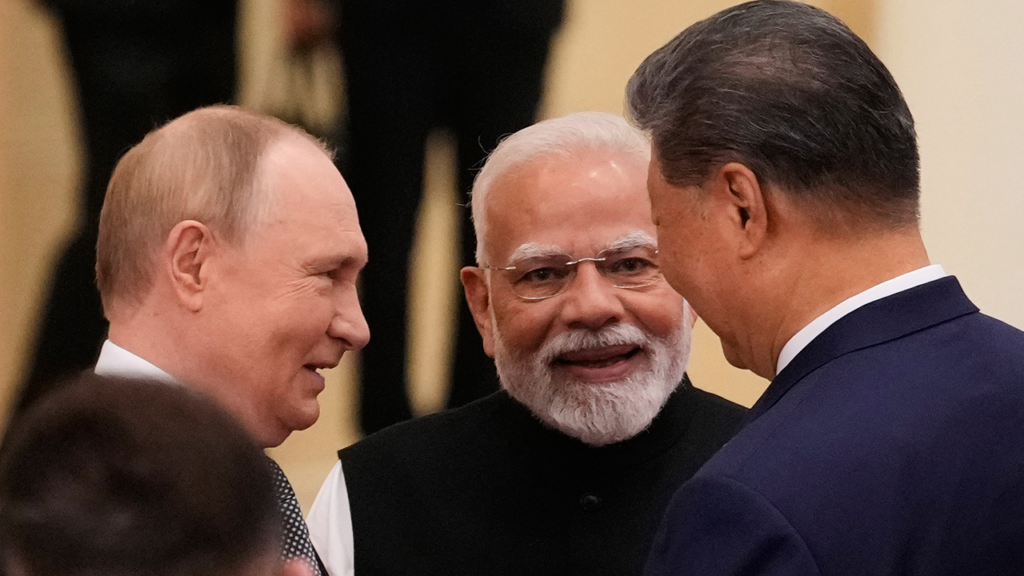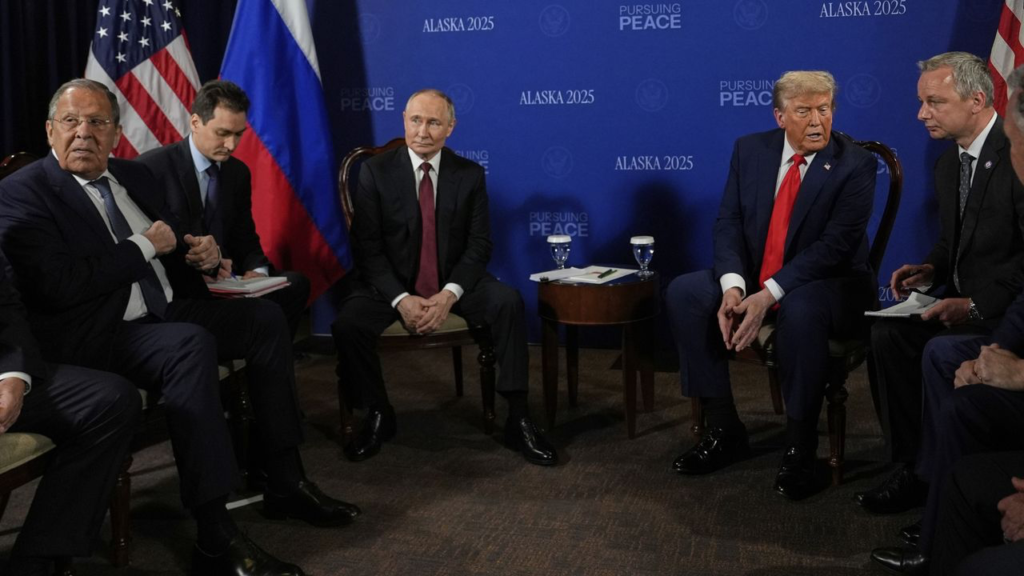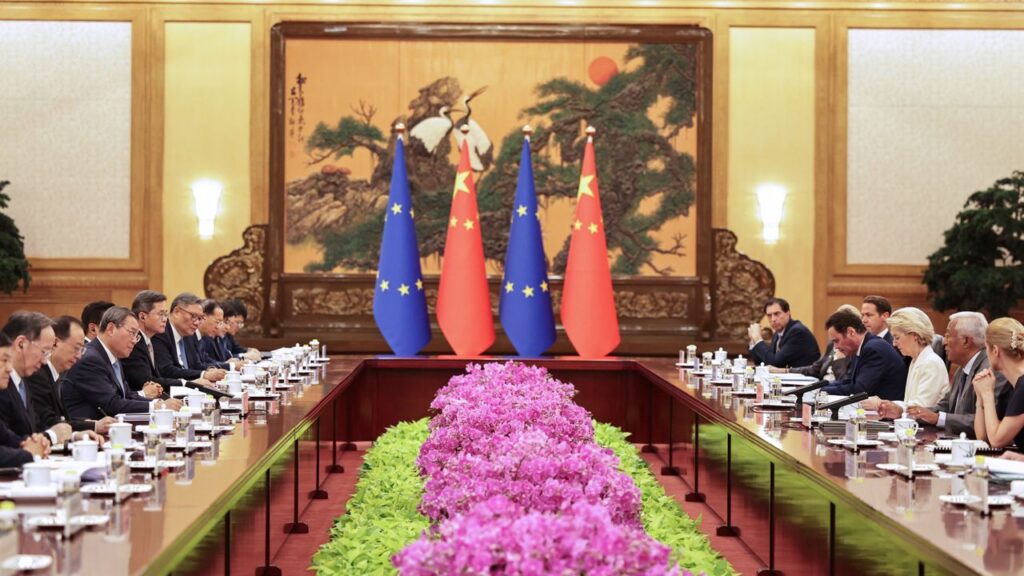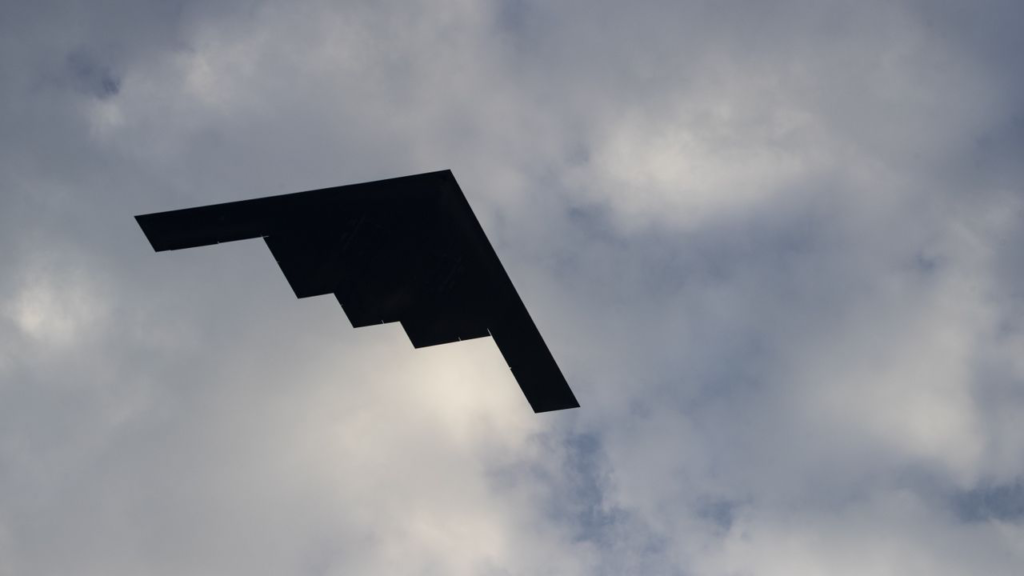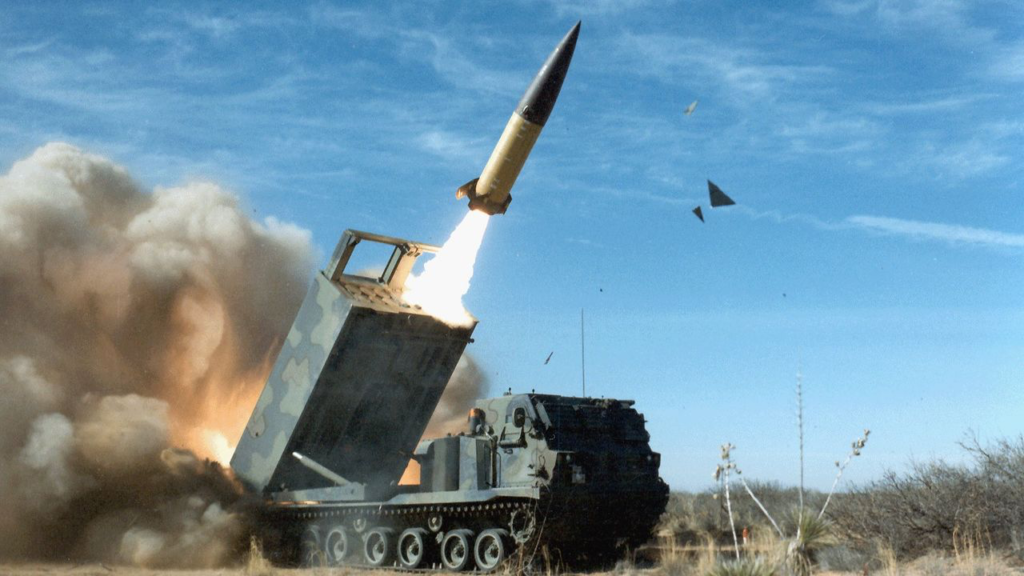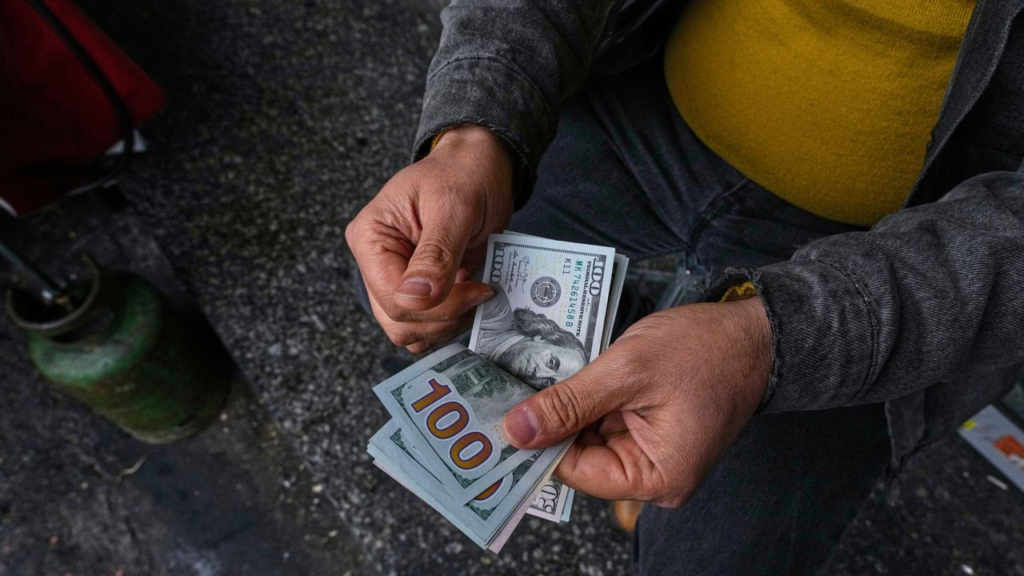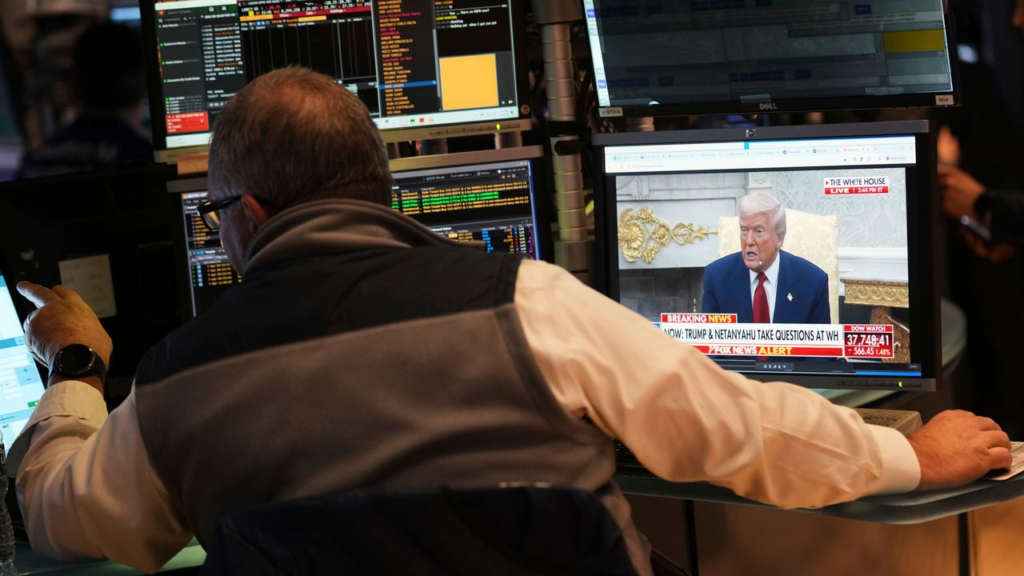2030 යුරෝපයේ ආරක්ෂක මාර්ග සිතියම ඒකාධිපතිත්වයට සහ ගෝලීය යුද්ධයට පදනම දමයි
ජොහැන්නස් ස්ටර්න් විසිනි.
මෙහි පලවන්නේ ලෝක සමාජවාදී වෙබ් අඩවියේ (ලෝසවෙඅ) 2025 ඔක්තෝම්බර් 25 දින ‘Europe’s defence roadmap 2030 lays the groundwork for dictatorship and global war’ යන හිසින් පලවූ ජොහැන්නස් ස්ටර්න් විසින් ලියන ලද ඉදිරිදර්ශන ලිපියේ සිංහල පරිවර්තනය යි.
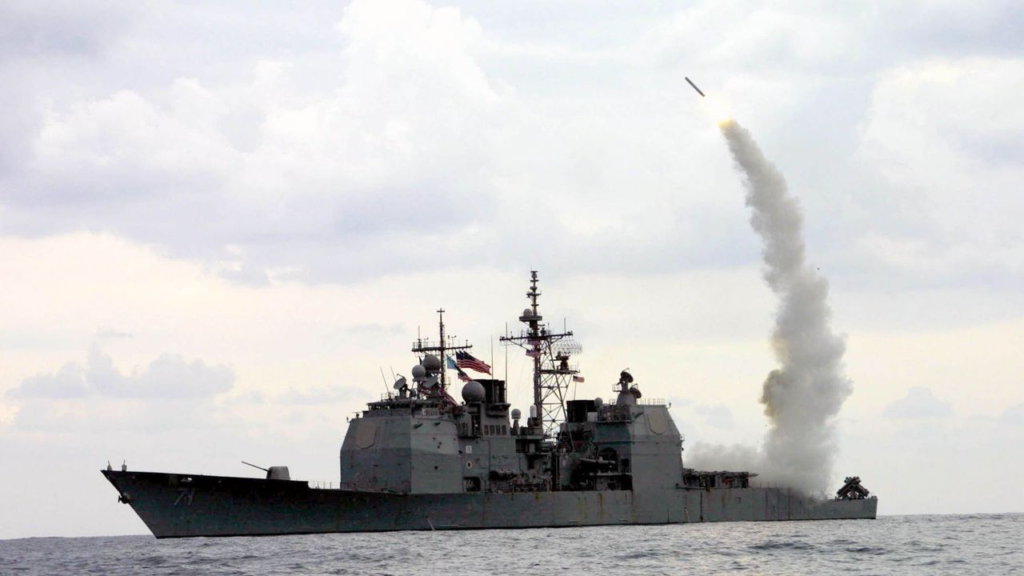
පසුගිය දිනවල සිදුවීම් රුසියාවට එරෙහි අධිරාජ්යවාදී මිලිටරි උත්සන්න කිරීමේ සහ තුන්වන ලෝක යුද්ධයකට සූදානම් වීමේ නව අවධියක් සනිටුහන් කරයි. බ්රහස්පතින්දා බ්රසල්ස් හි පැවති යුරෝපීය කවුන්සිලයේ රැස්වීම් සහ සිකුරාදා ලන්ඩනයේ පැවති ඊනියා “කැමැත්ත ඇත්තන්ගේ සන්ධානය” සාමාන්ය රාජ්ය තාන්ත්රික රැස්වීම් නොව යුද සමුළු විය. ඔවුහු එක්ව නව සම්බාධක, යුක්රේනයට තවදුරටත් මිලිටරි ආධාර සහ සමස්ත මහාද්වීපයම මිලිටරිකරණය කිරීම සඳහා වන පස් අවුරුදු සැලැස්මක් සකස් කරන “ආරක්ෂක සූදානම මාර්ග සිතියම 2030” අනුමත කළහ.
ඒ සමඟම, වොෂින්ටනය එහි සෘජු මැදිහත්වීම තීව්ර කළේය. ට්රම්ප් පරිපාලනය යුක්රේනයට බටහිර රටවල් විසින් සපයන ලද දිගු දුර මිසයිල භාවිතා කිරීම සඳහා පනවා තිබූ ප්රධාන සීමාවන් ඉවත් කිරිම මගින්, කියෙව්ට රුසියානු භූමියේ ගැඹුරට පහර දීමට හැකියාව ඇති කළේය. අඟහරුවාදා, යුක්රේනය බ්රිතාන්ය සැපයූ ස්ටෝම් ෂැඩෝ කෲස් මිසයිලයක් භාවිතා කර බ්රයන්ස්ක් හි පුපුරණ ද්රව්ය සහ රොකට් ඉන්ධන නිපදවන කම්හලකට ප්රහාරයක් එල්ල කළේය. යුක්රේන පොදු කාර්ය මණ්ඩලය (general staff) “සාර්ථක ප්රහාරය” සැමරූහ. එවැනි මෙහෙයුම් නේටෝ බලවතුන් සහ රුසියාව අතර විවෘත ගැටුමක් අවුලුවාලීමේ අවදානමක් ඇති කරන අතර එය වේගයෙන් න්යෂ්ටික සටනක් දක්වා සර්පිලාකාර විය හැකිය.
එක්සත් ජනපදය සහ එහි යුරෝපීය සහචරයෝ හිතාමතාම ගැටුම උත්සන්න කරමින් සිටිති. වොෂින්ටනය සහ ලන්ඩන් යන දෙපිරසම රුසියාවේ විශාලතම තෙල් හා ගෑස් නිෂ්පාදකයින් වන රොස්නෙෆ්ට් සහ ලුකොයිල්ට (Rosneft, Lukoil) එරෙහිව නව සම්බාධක ප්රකාශයට පත් කළ අතර යුරෝපීය සංගමය තමන්ගේම ආර්ථික යුද්ධය දැඩි කිරීමට එකඟ විය. බ්රසල්ස් සමුළුවේදී ද්විත්ව-භාවිත භාණ්ඩ සඳහා අපනයන තහනම් පුළුල් කිරීමට, යුරෝපීය ප්රාග්ධන වෙළඳපොළට රුසියානු ප්රවේශය සීමා කිරීමට, රුසියානු “සෙවණැලි නැව් කණ්ඩායමේ (shadow fleet)” නැව් 117 කට යුරෝපා සංගම් වරායන් තහනම් කිරීමට සහ රුසියානු රාජ්ය තාන්ත්රිකයින්ට නව සංචාරක සහ මූල්ය සීමාවන් පැනවීමට තීරණය විය. කලින් සැලසුම් කළ කාල සීමාවන්ට වඩා වසරකට පෙර–2027 වන විට–රුසියානු ද්රව ස්වාභාවික ගෑස් (LNG) ආනයනය සම්පූර්ණයෙන්ම තහනම් කරනු ඇත.
ඊටත් වඩා ප්රකෝපකාරී වන්නේ යුක්රේනයට ආයුධ සඳහා අරමුදල් සැපයීම පිණිස රුසියානු මහ බැංකුවේ සිර කළ වත්කම් අත්පත් කර ගෙන ප්රති-අරමුණුගත කිරීමට යුරෝපා සංගමය සැලසුම් කිරීමයි. බෙල්ජියම නීතිමය විරෝධතා මතු කළද, යුරෝපීය කවුන්සිලය කොමිසමට උපදෙස් දුන්නේ “හැකි ඉක්මනින් යෝජනාවක් ඉදිරිපත් කරන ලෙසයි.” මෙය ජාත්යන්තර සොරකමකට වඩා අඩු දෙයක් නොවේ–එය බටහිර අවශ්යතා සමඟ ගැටෙන්නේ නම් තම සංචිත ආරක්ෂිත නොවන බව පෘථිවියේ සෑම ජාතියකටම සංඥා කරන අධිරාජ්යවාදී අත්පත් කර ගැනීමකි.
යුක්රේනය පිළිබඳ යුරෝපීය කවුන්සිලයේ ප්රකාශය, 2022 සිට යුරෝපා සංගමය දැනටමත් යුරෝ බිලියන 177.5 ක් ලබා දී ඇති බවත්, “2026–2027 සඳහා එහි මිලිටරි සහ ආරක්ෂක කටයුතු ඇතුළුව යුක්රේනයේ හදිසි මූල්ය අවශ්යතා සපුරාලීමට කැපවී සිටින බවත්” පුරසාරම් දොඩයි. තවත් බිලියන සිය ගණනක් අනුමත කෙරෙනු ඇත.
සමුළුවට සමගාමීව ඉදිරිපත් කරන ලද, ඊනියා ආරක්ෂක සූදානම මාර්ග සිතියම 2030, මෙම මුදල් කුමක් සඳහාද යන්න සම්පූර්ණයෙන්ම පැහැදිලි කරයි. එය පහත ප්රකාශයෙන් ආරම්භ වේ:
“ආරක්ෂක සූදානම යනු නවීන යුද්ධ සඳහා අවශ්ය හැකියාවන් වර්ධනය කිරීම සහ අත්පත් කර ගැනීමයි. එහි තේරුම යුරෝපයට උපායමාර්ගික වාසියක් සහ අවශ්ය ස්වාධීනත්වය ලබා දෙන ආරක්ෂක කාර්මික පදනමක් ඇති බව සහතික කිරීමයි. තවද, එහි තේරුම තීරණාත්මක කාලවලදී අති නවීන නවෝත්පාදනයන් සහ වේගවත්, මහා පරිමාණ නිෂ්පාදනයක් ලබා දීමට සූදානම් වීමයි.”
මෙය යුරෝපීය යුද ආර්ථිකයක් සඳහා මහා සැලැස්මකි–මහා පරිමාණ අවි ආයුධ සන්නද්ධ කිරීම සඳහා කර්මාන්ත, මූල්ය සහ තාක්ෂණය සම්බන්ධීකරණය කරන ලද බලමුලු ගැන්වීමකි. මාර්ග සිතියම, “උත්සාහයන් ඉහළ මට්ටමකට ගෙන ඒමේ සහ වේගවත් කිරීමේ අවශ්යතාවය, අද දින වැඩිවන අන්තරායන් පිළිබිඹු කරයි,” ලෙස සඳහන් කරයි.
රුසියාව ප්රධාන සතුරා ලෙස හඳුනාගෙන ඇති අතර එය “දැකිය හැකි අනාගතය සඳහා යුරෝපීය ආරක්ෂාවට නිරන්තර තර්ජනයක්” ලෙස කියාපාන නමුත් ලේඛනයේ විෂය පථය ගෝලීය වේ:
“යුරෝපයේ සූදානම, 360° ප්රවේශයක් සහිත පුළුල් ගෝලීය සන්දර්භය තුළ මුල් බැස ගත යුතුය. …ගාසා තීරයේ සහ මැද පෙරදිග සිට අප්රිකාවේ සැඟවුණු හෝ විවෘත ගැටුම් කිහිපයක් දක්වා, ආසියා-පැසිෆික් කලාපයේ වැඩිවන ආතතීන්ගේ සිට ආක්ටික් දක්වා ආදී ලෝකයේ අනෙකුත් ප්රදේශවලින් එල්ලවන තර්ජනවලට අපට අන්ධ විය නොහැක.”
වෙනත් වචන වලින් කිවහොත්, යුරෝපා සංගමය එක්සත් ජනපදයෙන් ස්වාධීනව තම ආර්ථික හා භූ මූලෝපායික අවශ්යතා ඉටු කර ගැනීම සඳහා ලෝක ව්යාප්ත යුද්ධයකට සූදානම් වෙමින් සිටී. එය පැහැදිලිවම සඳහන් කරන්නේ, “සාම්ප්රදායික සහචරයින් සහ හවුල්කරුවන් ලෝකයේ අනෙකුත් කලාප වෙත තම අවධානය යොමු කරමින් සිටින” බවත් “යුද්ධයේ වෙනස්වන ස්වභාවයට අනුකූලව, යුරෝපයේ ආරක්ෂක ඉරියව්ව සහ හැකියාවන් … හෙට දවසේ යුධ පිටි සඳහා සූදානම් කළ යුතු” බවත්ය.
මාර්ග සිතියම 1930 ගණන්වල ප්රති-සන්නද්ධ කිරීමේ වැඩසටහන් සමඟ තරඟකාරීවන මට්ටමේ ප්රමාණාත්මක ඉලක්ක නියම කරයි. එය 2021 දී යුරෝ බිලියන 218 සිට 2025 දී යුරෝ බිලියන 392 දක්වා යුරෝපීය ආරක්ෂක වියදම් ඉහළ යාම සමරන අතර තවදුරටත් වේගවත් කිරීමක් ඉල්ලා සිටී. “ReArm Europe” (යුරෝපය ප්රතිසන්නද්ධ කරමු) න්යාය පත්රය යටතේ, SAFE මෙවලම වැනි නව අරමුදල් යාන්ත්රණ හරහා අවි ආයුධ සඳහා යුරෝ බිලියන 800 ක් දක්වා බලමුලු ගන්වනු ලැබේ. 2035 වන විට දළ දේශීය නිෂ්පාදිතයෙන් සියයට 3.5 ක ආරක්ෂක වියදම් ඉලක්කයක් කරා ළඟා වීමට ජුනි මස නේටෝ සමුළුවේදී කරන ලද කැපවීම් සඳහා වාර්ෂිකව අවම වශයෙන් වසරකට අමතර යුරෝ බිලියන 288 ක් අවශ්ය වේ.
මෙම අතිවිශාල මුදල් සම්භාරයට මුදල් යෙදවිය හැක්කේ කුරිරු කප්පාදු, සමාජ වැඩසටහන් විනාශ කිරීම සහ මහජන අරමුදල් කොල්ලකෑම හරහා පමණි. “ආරක්ෂක සූදානම” සඳහා මුදල් සහ ආයුධ පමණක් නොව යුද්ධය සඳහා සමස්ත මහාද්වීපයම ප්රතිසංවිධානය කිරීම අවශ්ය බව ලේඛනය පැහැදිලි කරයි. “යුරෝපා සංගමය පුරා හමුදා සංචලන ප්රදේශයක් කරා” වගන්තිය යටතේ එය යෝජනා කරන්නේ:
“2027 අවසානය වන විට, නේටෝව සමඟ සමීප සම්බන්ධීකරණයෙන්, සංගමය පුරා හමුදා සහ හමුදා උපකරණ බාධාවකින් තොරව ප්රවාහනය සහතික කරන, සංගත කළ නීති සහ ක්රියා පටිපාටි, ගොඩබිම් කොරිඩෝ, ගුවන්තොටුපළ, වරාය සහ ආධාරක අංග ජාලයක් සහිත, යුරෝපා සංගමය පුරා හමුදා සංචලන ප්රදේශයක් පිහිටුවනු ඇත.”
ඉලක්කය වන්නේ යුරෝපය තනි යුධ පිටියක් බවට පරිවර්තනය කිරීමයි–එනම්, හමුදා සහ සන්නාහ බෝල්ටික් සිට කළු මුහුද දක්වා නිදහසේ ගමන් කළ හැකි ඒකාබද්ධ සැපයුම් කලාපයක් සැකසීමයි. සිවිල් යටිතල පහසුකම් මිලිටරි අවශ්යතා සඳහා යටත් කරනු ලැබේ. දස දහස් ගණනක් නේටෝ භටයින් චලනය කරමින් යුද විරෝධී විරෝධතාකරුවන්ට එරෙහිව සොල්දාදුවන් යෙදවීම සිදු කළ හැම්බර්ග්හි, රෙඩ් ස්ටෝම් බ්රාවෝ වැනි අභ්යාස, මෙම මිලිටරිකරණයේ දේශීය මානය දැනටමත් අපේක්ෂා කරයි: එනම් අභ්යන්තර විරුද්ධත්වය මර්දනය කිරීම යි.
මෙම පරිවර්තනයේ පෙරමුණේ සිටින්නේ ජර්මනියයි. හරිත පක්ෂයේ සහ වාම පක්ෂයේ සහාය ඇතිව, පාලක සන්ධානය ප්රති-සන්නද්ධ කිරීම සඳහා යුරෝ ට්රිලියනයක රාමුවක් නිර්මාණය කර ඇත. 2025 ආරක්ෂක අයවැය යුරෝ බිලියන 86.5 ක් වන අතර එය දෙවන ලෝක යුද්ධය අවසන් වීමෙන් පසු ඕනෑම අවස්ථාවකට වඩා වැඩි වේ. 2029 වන විට යුරෝ බිලියන 150 කට වඩා වැඩි වන මෙම වියදම දළ වශයෙන් දළ දේශීය නිෂ්පාදිතයෙන් සියයට 3.5 කි. “මිලිටරි සූදානම”සඳහා යටිතල පහසුකම් වියදම් ඇතුළත් කළහොත්, යුද්ධයට අදාළ මුළු වියදම් දළ දේශීය නිෂ්පාදිතයෙන් සියයට 5 ක් දක්වා ඉහල යනු ඇති අතර, එය වාර්ෂිකව යුරෝ බිලියන 215 ක් පමණ වේ.
නව හමුදා සහ සිවිල් තනතුරු දස දහස් ගණනක් නිර්මාණය වෙමින් පවතින අතර අනිවාර්ය හමුදා බඳවා ගැනීම නැවත ස්ථාපිත කෙරෙනු ඇත. ප්රහාරක ජෙට් යානා, ප්රවාහන හෙලිකොප්ටර්, නව යුධ ටැංකි, සන්නද්ධ වාහන, යුද නැව්, ඩ්රෝන යානා, මිසයිල පද්ධති සහ ඒ සඳහා කැපවූ අභ්යවකාශ විධානයක් (මූලස්ථානයක්) පවා නිර්මාණය කිරීම සඳහා බිලියන ගණනක් මුදල් හරවා ඇත. චාන්සලර් ෆ්රෙඩ්රික් මර්ස් ජර්මනිය “යුරෝපයේ ශක්තිමත්ම සාම්ප්රදායික හමුදාව” බවට පත් කිරීමේ තම ඉලක්කය විවෘතව ප්රකාශ කර තිබේ.
මෙම ප්රතිපත්ති, යලි සන්නද්ධ කිරීම සහ ලෝක බලය සඳහා වූ තල්ලුව මගින් ෆැසිස්ට් තන්ත්රයක් ස්ථාපනය කිරීම, ප්රජාතන්ත්රවාදී අයිතිවාසිකම් විනාශ කිරීම සහ කම්කරු පන්තිය මර්දනය කිරීම සිදු කළ, 1930 ගනන්වල ජර්මානු අධිරාජ්යවාදයේ සූදානම සිහිපත් කරයි. එම තර්කනය නැවතත් තහවුරු වෙමින් පවතී. යුරෝපය පුරා, පාලක ප්රභූන් සමාජ කෝපය මැඩපැවැත්වීමට සහ යුද්ධයට සූදානම් වීමට ෆැසිස්ට් බලවේග–බ්රිතාන්යයේ ෆරාජ්, ප්රංශයේ ල පෙන්, ඉතාලියේ මෙලෝනි සහ ජර්මනියේ ඒඑෆ්ඩී–වගා කරමින් සිටිති.
වෛෂයික ප්රවණතා නිසැකවම පැහැදිලිය. යුරෝපා සංගමය, නේටෝව සහ අවි කර්මාන්තය ඒකාබද්ධ යුද යාන්ත්රණයකට බද්ධ කිරීම ඒකාධිපති පාලනයක් කරා හැරීම සමඟ අත්වැල් බැඳගනී. ප්රජාතන්ත්රවාදී අයිතිවාසිකම්වලට පහර දීම, ගාසා සංහාරයට එරෙහි විරෝධතා අපරාධකරණය කිරීම සහ පොලිස් බලකායන් මිලිටරිකරණය කිරීම යන සියල්ල මහජන විරෝධයට පාලක පන්තියේ බිය පිළිබිඹු කරයි.
අධිරාජ්යවාදය යුද්ධයට තල්ලු කරන එම ප්රතිවිරෝධතාම–සියල්ලටත් වඩා ධනේශ්වර ක්රමයේ ගැඹුරු අර්බුදය–විප්ලවවාදී නැගිටීම් සඳහා කොන්දේසි ද ඇති කරයි. ප්රති-සන්නද්ධ කිරීම, ජීවන තත්වයන් විනාශ කිරීම සහ නිරන්තරයෙන් වර්ධනය වන න්යෂ්ටික සමූලඝාතනයේ අනතුර සඳහා මුදල් යෙදවීම සඳහා ධනය විශාල වශයෙන් නැවත වෙන් කිරීම කම්කරු පන්තිය පුරා ප්රතිරෝධය අවුස්සනු ඇත. එක්සත් ජනපදයේ, ඔක්තෝබර් 18 වන දින ට්රම්ප්ගේ ෆැසිස්ට් ප්රතිපත්තිවලට එරෙහි “රජුන් එපා” විරෝධතාවලට මිලියන 7 කට වැඩි පිරිසක් එක් වූහ. යුරෝපයේ අනෙකුත් ස්ථාන අතර, ග්රීසිය, බෙල්ජියම, ඉතාලිය, නෙදර්ලන්තය සහ ප්රංශය හි කප්පාදු පියවරයන්ට සහ මිලිටරිවාදයට එරෙහිව වැඩවර්ජන සහ විරෝධතා පුපුරා ගොස් ඇත. මේවා පන්ති අරගලයේ පුපුරන සුලු ගෝලීය පුනර්ජීවනයක සලකුණු ය.
නමුත් ස්වයංසිද්ධ විරුද්ධත්වය ප්රමාණවත් නොවේ. යුද්ධයට සහ ආඥාදායකත්වයට එරෙහි සටන, ඒවායේ මූල හේතුවට, එනම් ධනේශ්වර ක්රමයටම එරෙහි අරගලයට සම්බන්ධ කරන සවිඥානික දේශපාලන වැඩපිළිවෙලකින් එය සන්නද්ධ විය යුතුය. හතරවන ජාත්යන්තරයේ ජාත්යන්තර කමිටුවවේ (හජාජාක)”සමාජවාදය සහ යුද්ධයට එරෙහි සටන”-2016 ප්රකාශය දැන් දැවෙන හදිසිතාවයක් අත්කර ගන්නා මූලධර්ම ඉදිරිපත් කර ඇත:
- යුද්ධයට එරෙහි අරගලය, සමාජයේ මහා විප්ලවවාදී බලවේගය වන කම්කරු පන්තිය මත පදනම් විය යුතු අතර, ජනගහනයේ සියලු ප්රගතිශීලී කොටස් කම්කරු පන්තිය පිටුපස එක්සත් කළ යුතුය.
- නව යුද විරෝධී ව්යාපාරය ධනවාදී විරෝධී සහ සමාජවාදී විය යුතුය, මන්ද, මූල්ය ප්රාග්ධනයේ ආඥාදායකත්වය අවසන් කිරීමට සහ මිලිටරිවාදයේ සහ යුද්ධයේ මූලික හේතුව වන ආර්ථික ක්රමය අවසන් කිරීමට කරන සටනකින් තොරව යුද්ධයට එරෙහි බරපතල අරගලයක් තිබිය නොහැකි බැවිනි.
- එබැවින්, නව යුද විරෝධී ව්යාපාරය, අවශ්යයෙන්ම, ධනපති පන්තියේ සියලුම දේශපාලන පක්ෂ සහ සංවිධානවලින් සම්පූර්ණයෙන්ම සහ නිසැකවම ස්වාධීන විය යුතු අතර ඒවාට සතුරු විය යුතුය.
- නව යුද විරෝධී ව්යාපාරය, සියල්ලටත් වඩා, ජාත්යන්තර විය යුතු අතර, අධිරාජ්යවාදයට එරෙහි ඒකාබද්ධ ගෝලීය අරගලයක් තුළ කම්කරු පන්තියේ දැවැන්ත බලය බලමුලු ගැන්විය යුතුය.
යුරෝපය පුරා සහ ජාත්යන්තරව කම්කරුවන්, තරුණයින් සහ බුද්ධිමතුන් [oppressed middle class] මුහුණ දෙන කර්තව්යය පැහැදිලිය: සෑම වැඩබිමකම සහ අසල්වැසි ප්රදේශයකම ස්වාධීන ක්රියාකාරී කමිටු ගොඩනැගීම, ඔවුන්ගේ අරගල දේශසීමා හරහා සම්බන්ධ කිරීම සහ සමාජවාදය සඳහා සටනේදී සවිඥානික විප්ලවවාදී නායකත්වයක්–හතරවන ජාත්යන්තරයේ ජාත්යන්තරයේ කමිටුවේ කොටස් ලෙස සමාජවාදී සමානතා පක්ෂ–වර්ධනය කිරීම. ධනේශ්වර ක්රමය පෙරලා දමා, පෘථිවියේ සම්පත් ලාභය සඳහා නොව තාර්කිකව සහ ප්රජාතන්ත්රවාදීව මානව අවශ්යතා සඳහා භාවිතා කරන සමාජවාදී ලෝක සමූහාණ්ඩුවක කොටසක් ලෙස යුරෝපීය එක්සත් සමාජවාදී රාජ්යයක් මගින් එය ප්රතිස්ථාපනය කිරීමෙන් පමණක්, මානව වර්ගයාට ලෝක යුද්ධයේ ව්යසනය වළක්වා ගත හැකිය.
2030 යුරෝපයේ ආරක්ෂක මාර්ග සිතියම ඒකාධිපතිත්වයට සහ ගෝලීය යුද්ධයට පදනම දමයි Read More »


